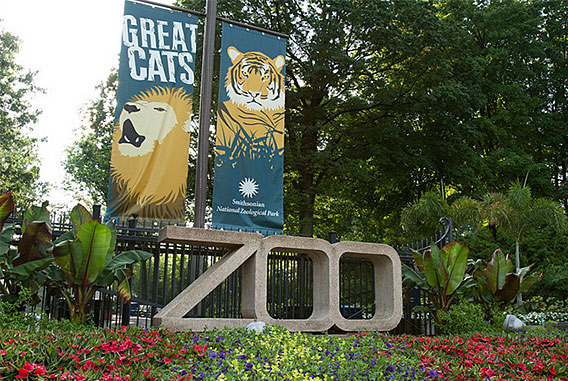Smithsonian Scientists Unlock the Mystery of Dragonfly Migration
A new paper in Biology Letters describes a dragonfly’s full life cycle for the first time, in compelling detail. The researchers explain how the common green darner—a large, abundant dragonfly found across North America—takes three generations to complete its annual cycle. One generation migrates north in spring, the second south in fall and the third is resident in the southern part of the species’ range over winter. These insects have a wingspan of just 7.5 centimeters (3 inches), but they migrate an average of over 600 kilometers (373 miles), with some individuals covering more than 2,500 kilometers (1,553 miles).
While scientists know that insects migrate, data on the migration of many species is limited. This paper is the first to uncover migration data on any Western Hemisphere dragonfly species.
The common green darner is indeed very common and not currently a threatened species. But understanding their life cycle is important because of the global context.
“There are massive insect declines going on around the world,” said Peter Marra, head of the Smithsonian Migratory Bird Center and an author on the paper. “So, understanding these complex biological patterns is essential to determine why different populations might be declining.”
The research team used a combination of data sets, including 21 years of citizen-science data (information collected by members of the general public), more than 800 dragonfly wing specimens from museums going back 140 years and specimens caught in the wild.
The team’s creative analysis included looking at the prevalence of different forms of hydrogen in the dragonflies. The ratio of three forms of hydrogen in the atmosphere shifts with latitude. Dragonflies pick up an imprint of the hydrogen ratio at their birthplace, so a scientist can determine where a dragonfly came from by looking at how much of each hydrogen type is present in a tiny piece of the dragonfly’s wing. That information enabled the team to discern the three-generation migration system.
The citizen-science data helped the scientists learn what factors cue the dragonflies to migrate or to emerge as flying adults after their aquatic juvenile stage. It turns out temperature plays a big role: the dragonflies both emerge and initiate migration at around 9 degrees Celsius (48 degrees Fahrenheit).
“With climate change, we could see dragonflies migrating north earlier and staying later in the fall, which could alter their entire biology and life history,” said Michael Hallworth, postdoctoral fellow at the Smithsonian Migratory Bird Center and lead author on the paper.
Insects are a critical driver of food webs, so figuring out why their populations are falling dramatically is important for the future success of a wide range of species, from rodents to raptors.
The Smithsonian Conservation Biology Institute plays a leading role in the Smithsonian’s global efforts to save wildlife species from extinction and train future generations of conservationists. SCBI spearheads research programs at its headquarters in Front Royal, Virginia, the Smithsonian’s National Zoo in Washington, D.C., and at field research stations and training sites worldwide. SCBI scientists tackle some of today’s most complex conservation challenges by applying and sharing what they learn about animal behavior and reproduction, ecology, genetics, migration and conservation sustainability.
# # #
SI-664-2018

